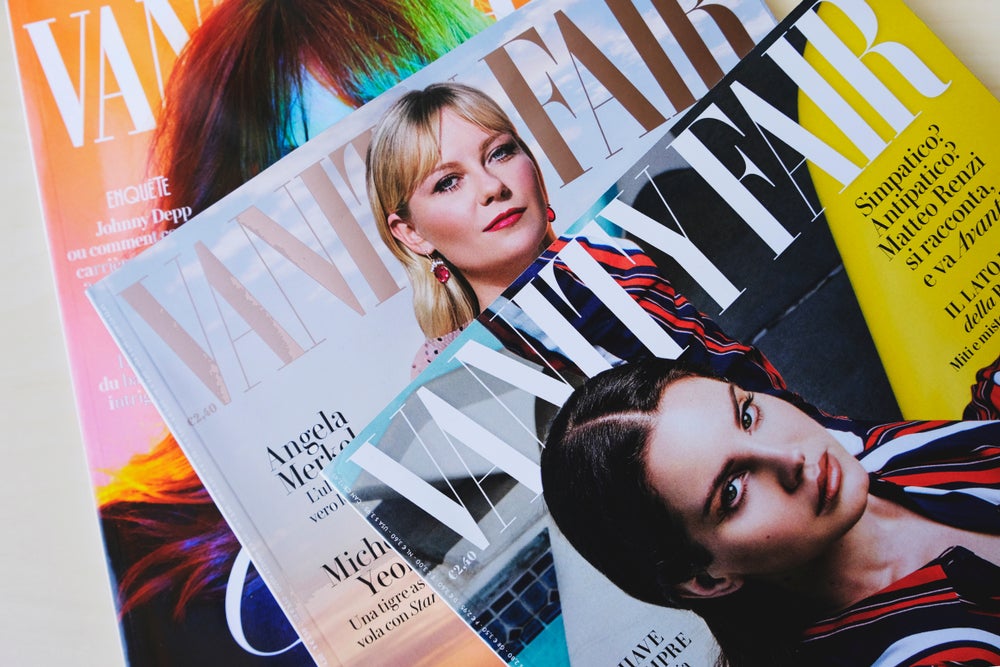Wondering how to best serve your newsletter subscribers? Follow the example of New York magazine. It views readers not as one horizontal group, but as vertical segments.
The magazine now has 250,000 e-mail registrants to whom it sends eight separate products, including six newsletters and two marketing pieces. But not all subscribers get the same e-zines, according to Ron Stokes, marketing and advertising director for New York.
For starters, New York identified several groups—i.e., people who care about dining, fashion and shopping—and created e-newsletters for them.
“We built out these communities, and could push out to them when we had information on the topic,” said Stokes. “Many opted to be on more than one newsletter.”
This strategy was determined when the publication was launching its Web site several years ago.
“We viewed the Web site as closer to television in terms of experience, and our e-mail strategy as a telephone one,” Stokes continued. “We’re not going to telephone 100,000 people unless we know something they’re interested in.”
In other words, the magazine choose not to “spray and pray,” he said. And that strategy is still working, although New York is always willing to try new things.
For example, it is now doing e-mail append. “If e-mail was the first Kool Aid I drank, the second was e-mail append,” Stokes said. But he warned marketers to be careful.
The first e-mail send to these new consumers should be an introductory note, asking for them to opt in. It shouldn’t sell anything.
Stokes made these remarks during the Direct Marketing Association’s List Vision 2006 conference in New York this week. Other speakers offered tips on e-mail marketing in general.
For example, Reggie Brady, president of Reggie Brady Marketing Solutions, urged listeners to create adequate preference centers for their subscribers.
Brady recently went to the Entertainment Weekly preference center to update her e-mail address, and received an additional screen.
“We know you also subscribe to some other Time Warner publications,” it said, according to Brady. “Can we share the updated change with our other units?”
Brady remarked that this was “pretty savvy. It shows you how well they’ve integrated their business units as a company.”
She also encouraged marketers to use e-mail to alert their customers to a paper direct mailing that is about to hit.
Orvis does this with e-mails stating, “Your sale catalog is on the way!” And Sharper Image offers sneak previews via e-mail.
“Your sneak preview of the new Sharper Image ‘Father’s Day 2006’ catalog features a fantastic free gift with any $75 purchase—and free shipping, too,” the firm said in a recent e-mail.
Brady added that magazines use e-mail to pre-announce their new issues. Time sends a weekly e-zine called Time Ahead.
Another general marketing tip was to remail people who have clicked through to an e-mail without buying. She cited the case of Greenbrier Hotel, of White Sulphur Springs, WV.
The hotel sent an e-mail to guests offering a $100 discount during the holiday season. It drew a clickthrough rate of 14.6%, but not everyone who clicked through booked a room, Brady said.
The problem? “There was a lot of copy in it,” Brady said. “It offered the discount, but you had to read to find it.”
The Greenbrier waited three weeks, then did a second mailing to people who had clicked through but failed to book. It offered them a similar deal, but with a stronger presentation, Brady continued.
Like an old-fashioned print mailer, the e-mail highlighted its discount offer in a sort of online Johnson Box near the top. “Enjoy a free $100 gift card to spend in our bustling concourse of over 30 shops and boutiques when you book your December to Remember package,” it said.
The e-mail went to less than 1,000 people, proving that the “segments don’t have to be large,” according to Brady.
The result? Within 48 hours, the Greenbrier had drawn bookings for 125 room nights worth a total of $75,000, Brady said. She called it “a perfect way of using that one-two punch.”



